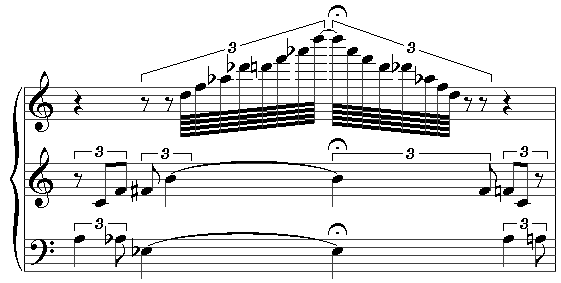Why is Japanese Hard?: The Japanese "R" Sound
In the video above, Rachael and Jun talk about the position of the tongue when saying the Japanese "r" and how difficult it is to pronounce (Jun also gets tested on if he can identify whether a word uses "r" or "l", and it's pretty entertaining).
So, how exactly do you pronounce the Japanese "r"?


Above are diagrams on how to pronounce various sounds. The left image shows the tongue placement of the English "l". The middle image is the placement of the tongue when pronouncing the English "r". And finally, the left image is of the tongue placement of the Japanese "r". As you can see, the Japanese "r" tongue position is literally between the English "r" and "l" position, making it feel very unnatural to English speakers. The Japanese "r" is classified as an alveolar tap, meaning that instead of staying on the top of the mouth for the whole utterance (like the English "l"), the tongue quickly taps the top of the mouth, combining English's "l" and "r" sound in a single utterance.
In Japanese, there are five sounds that use the Japanese "r" (not including blends such as りゅorりょ). Take a look at this Japanese hiragana chart:
On the third column from the left are the sounds in hiragana that use the Japanese "r". They are ら, り, る, れ, and ろ (ra, ri, ru, re, and ro). I encourage you to try and say them first, then listen to this five-second clip to hear the Japanese "r" within Japanese words to see if you got the sound right!
I believe that by teaching phonemic awareness to students in their native language (in this case, English), will help students understand how to correctly pronounce sounds foreign to them.
Bye for now!
~ Maryちゃん



So happy to see that you are using this research opportunity to help you better understand an aspect of language learning you can you as a future educator.
ReplyDelete